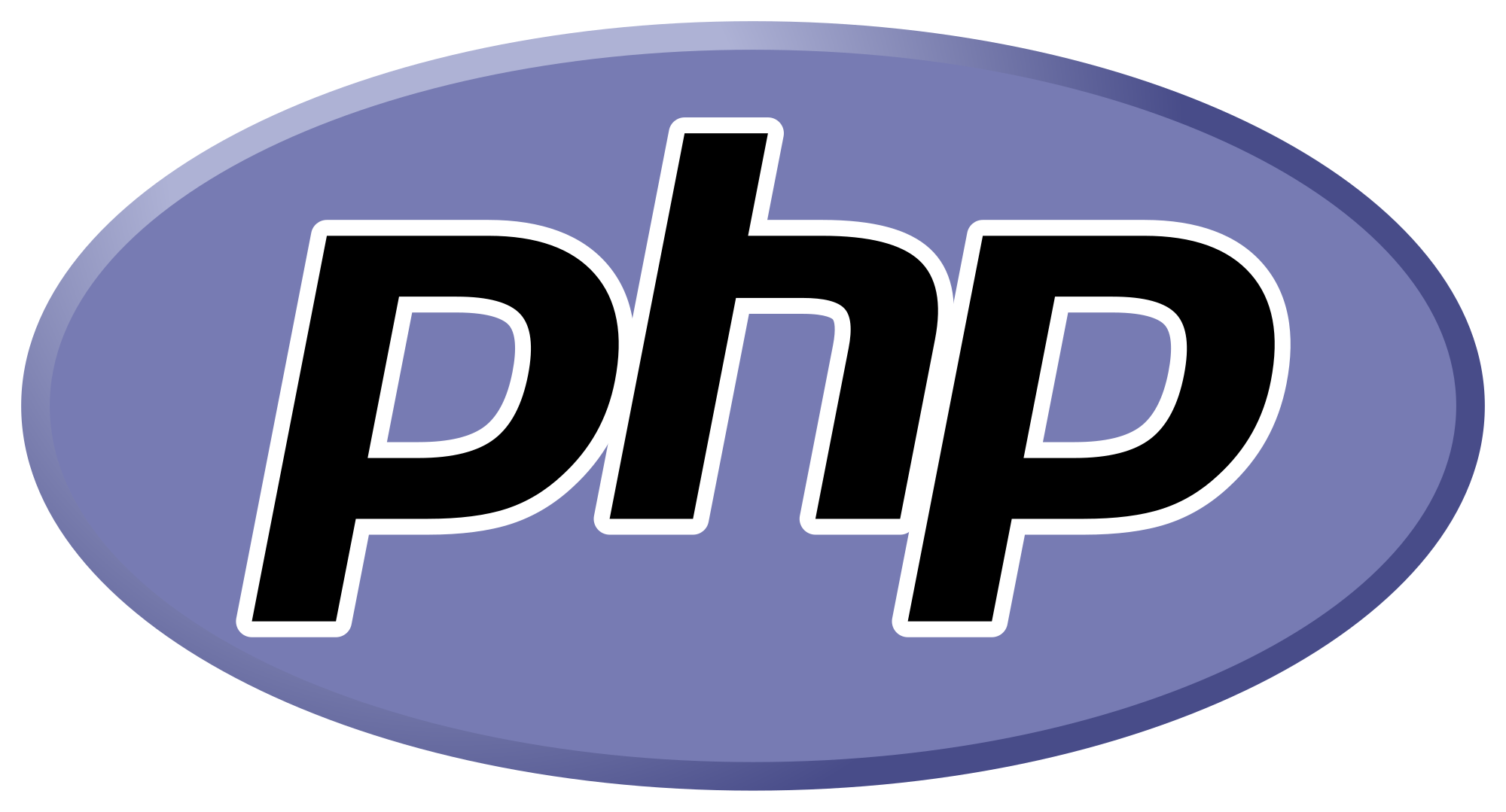 |
| Chris Graham from Composr |
We took some time to speak with the founder of
Composr, which is available in the Bitnami library.
In this interview, Chris Graham talks about how Composr works, and where this application is going in our "Meet the Founder" interview.
Composr is a CMS with many social media features, for building modern, sophisticated websites. Composr supports many types of content (galleries, news/newsletters, etc.) – and integrating rich media and advertising into them. Social features include forums, member blogs, chat rooms, wiki, and content commenting/rating.
Composr lets you decide how your site will look and behave. Features are plentiful, but also optional. Feature integration is at the core of the Composr philosophy – for example, the site-wide search engine, and the unified member profiles.
1. Where do you see Composr CMS in 5/10 years time?
I think it’s important for everyone in the CMS industry to keep making content management easier. Most CMS developers focus on enterprise activity like multi-channel-delivery, or workflows. This makes for great sales and marketing, but the truth is what the vast majority of people (including people in enterprise) really care about is making website editing intuitive. Users don’t want to have to know any CSS to change their layouts, but users also want full control of it. Making websites used to be a lot easier when people used Microsoft Frontpage to do it. That was a long time ago and we obviously moved past that when we made websites more interactive – but I think ultimately we need to get back to this kind of simplicity of design editing.
This said, Composr is generally developed by feature sponsorship. Our customers pay us to implement what they need and we then release it to everyone in a future version. This is the core of how we are able to help a lot of people: everyone benefits from a shared investment pool (even those who just tag along as OSS users). Plus, it keeps us honest – my ideas about what need doing may be good, or they may be dead wrong – ultimately the real judge of what is important is what customers are willing to sponsor. I often come up with grand ideas about making things easier that would take years of development to achieve, but then a customer identifies just one thing that we can do that makes them (and many others) much more productive. Only a customer really knows what is most important to them.
2. What advantage does Composr CMS have over its competitors?
Most other Open Source systems have a big dependency on third-party plugins to provide what is often pretty basic functionality. Because these plugins are produced by different developers, often just enthusiasts, there’s no single point of call to report bugs, get support, or just to have the confidence that things will be maintained. Plus there’s no guarantee things will play well together or fit together cleanly – different developers may have different design standards, different terminology, and overlapping territory.
Meanwhile, most commercial systems are very expensive and developed in a bit of a bubble.
We design all our features together, and then allow people to pick which to install. Even a non-developer can setup a CMS based site with blogs, galleries, forums, and custom databases, within a few minutes.
We like to think we have the advantages of both worlds – clean design, but free.
3. What are key milestones that must be achieved in the next 6-12 months?
We are releasing version 10.1 into beta very soon. This is a very major eCommerce upgrade which almost rewrites all that code. We’ve merged our “Point Store” and “eCommerce” functionality into a single system, meaning you can do stuff like sell banner advertising direct on your site or access to particular content categories, things which used to only be available for members purchasing using community points. I feel it’s really important to make sure that regular enthusiasts and small businesses can make money on their sites in a variety of ways; currently sites are much too reliant 3rd-party-brokered advertising being the only revenue source.
Within 12 months we hope to release version 11 which is an enormous upgrade. I don’t want to talk too much about that though as we are very much focusing on making sure the experience with version 10 is great, with many new tutorials and community support.
4. Do you see Composr CMS as an underdog?
We’re definitely nowhere near as well known as systems like Wordpress or Drupal. However we don’t really think of ourselves as an underdog. We’re a self-sustaining project with a unique approach and really happy users, that’s enough.
We haven’t taken VC money like the big CMSs, we want to be able to focus on the needs of our users really honestly, and our feature sponsorship business model allows that. If we took the big money we’d be either slimming down to a common-denominator product that makes only basic things easy – or we’d be just chasing down high-budget enterprise projects and neglecting the typical user. This is what anyone can see if they look at the other CMSs and what I always wanted to avoid. That’s not to say there’s anything inherently wrong with VC money, I just think it doesn’t fit well to power the mid-tier CMS market.
Our growth must be based on us serving the needs of our core user-base. That is, users who want to build ambitious websites without having to hire a full development team to do so.
5. What advice would you give yourself before founding Composr CMS?
I'm an extremely analytical person, and I think in business this is both an asset and a curse (like being on any extreme probably). I want to help and to understand everything, and I want to take any bit of feedback very seriously. However, feedback contradicts other feedback, and often contradicts the business reality. You have to be able to somehow get into people's heads and see where they're coming from (customers have a lot to teach you, stay humble), and then translate back to a business that is grounded in reality. Few people realise how we’re all deeply embedded within our own bubbles.
One of the unusual things about my business is we are working across just about every social division you can imagine. We have users in many different countries, speaking many languages, from many cultures, from many socioeconomic groups, with many goals, with many different personality types, and with many different skill sets. That's actually intentional, we want to be a melting pot that brings together diverse ideas and resources to forge innovation. But it makes it enormously challenging.
A practical example of a challenge we face on a daily basis:
We get new business leads from people who expect quotes of $100, but we also get leads who expect quotes of $100,000.
If we quote $1,000 to a customer who expects $100, they may often be really hacked off. Because business costings just aren't something in their world view, they're used to working in a world where service costs don't go over double digits. If you give a quote to someone above what they can afford that can cut to the centre of someone's ego - you're basically telling them that they're inadequate. And this is very understandable when you really think about it; most people are not in a privileged class or an enterprise leadership role.
If you underquote an enterprise project, that could obviously lead to bankruptcy. Things really can get very complex, and therefore very expensive. You can take weeks just building proposals for these kinds of projects.
So, when do you spend a good chunk of time analyzing a project in detail, versus when do you gently tell an enthusiastic blameless person that their project is best simplified into an out-of-the-box installation and point them towards community support? While keeping everyone happy and without being prejudicial, that is.
To do it right I have to have at least a bit of awareness of every social and business sphere, and then somehow decide what particular 'world' any individual exists in, and interact with them as a member of that world. To do that well requires a very good understanding of psychology and sociology. Maybe other people can do it more intuitively, but as a nerd it's a really big challenge to me - and honestly it can be very hard to initially tell the difference between a nerdy enthusiast and a millionaire businessman, in my experience they both exude similar passion and use similar language.
So my advice is either:
1) Pick a niche and stick to it, target all your resources to a world where everyone thinks in roughly the same way. Probably most business people reading this are already screaming this advice at me, it’s the normal way to run a business.
2) Or, start from this understanding that reality is really subjective and spend the time to really understand the reality someone exists in.
I still prefer ‘2’, while incredibly challenging, I think our ecosystem and product is much richer for being so multi-faceted. Plus it’s more fun!
Either/Or Questions:
1. Coffee or tea?
Fruit tea. I am a recovering energy drink fiend, I used to drink lots of Red Bull, but I had to stop as it was giving me health problems.
2. PC or MAC?
I’ve been a Mac user for quite a while now. But at this point Microsoft have caught up, so if I were to buy a new machine, I’d likely buy an ultra-high-quality Windows machine for the same cash as a standard iMac. I also work with a dozen different Linux machines each week. Actually I grew up using a BBC Micro and then an Acorn Archimedies (the UK used to have its own computing industry, and actually this turned into ARM, what now powers all our smartphones).
3. Early bird or night owl?
I’m definitely a night owl. Working without distractions, including sunlight, really helps me get stuff done.
4. Bagels or muffins?
Neither. As a European I like my Pain au Chocolat (usually “Chocolate Croissants” in the US).
5. Detailed or abstract?
Both. I have the INTJ personality type, so I think pretty abstractly and broadly. However, you just can’t lack having attention to detail, it’s so important. I read a dozen books on design to force some of the programmer biases out of me.
6. Javascript or C?
They’re both badly designed languages that we’re stuck with. Javascript is full of inconsistencies, and C is almost designed for creating security holes. I’m going to cheat and say C#, now that’s a really nicely designed language that is also practical.
Try Composr on Bitnami as an
Installer,
Virtual Machine, or
Cloud Image now!















